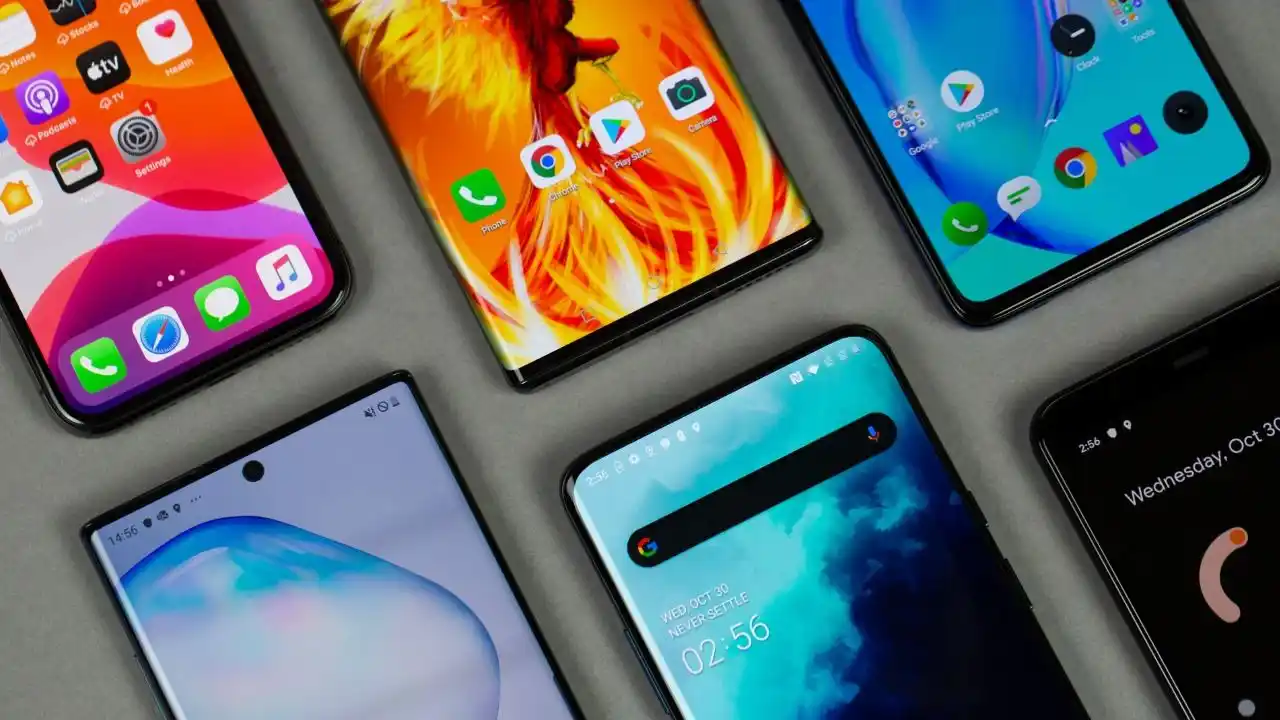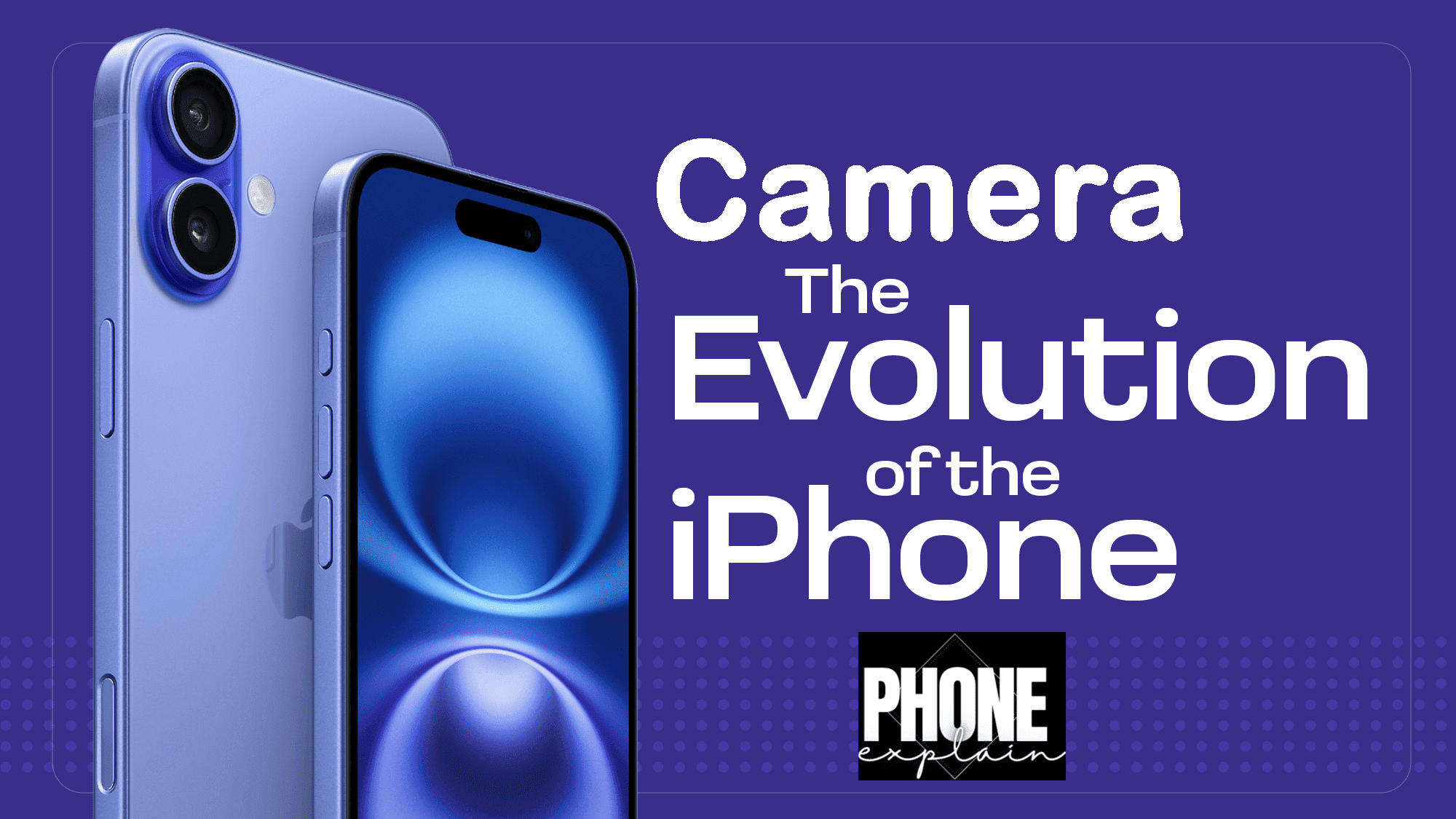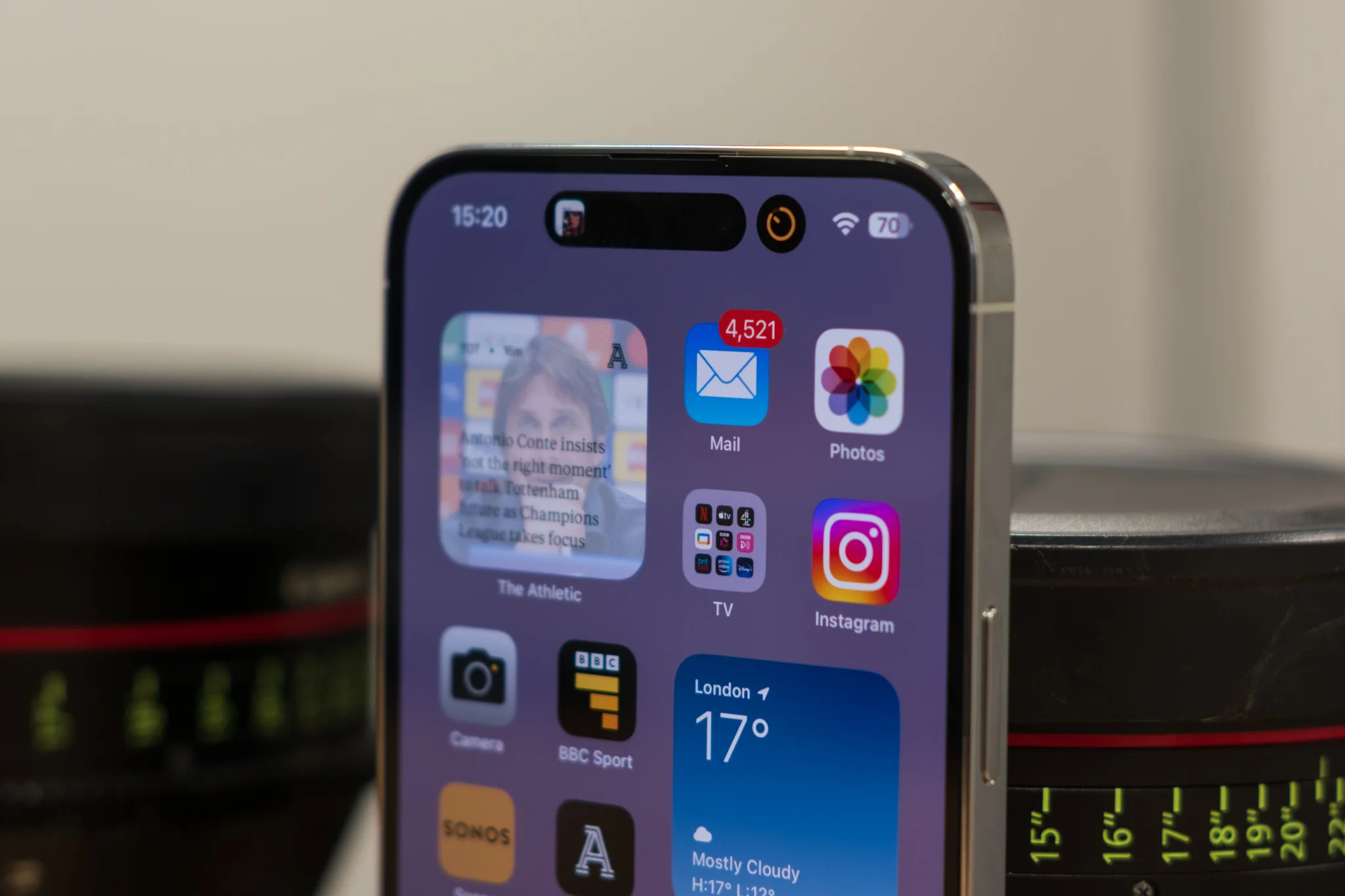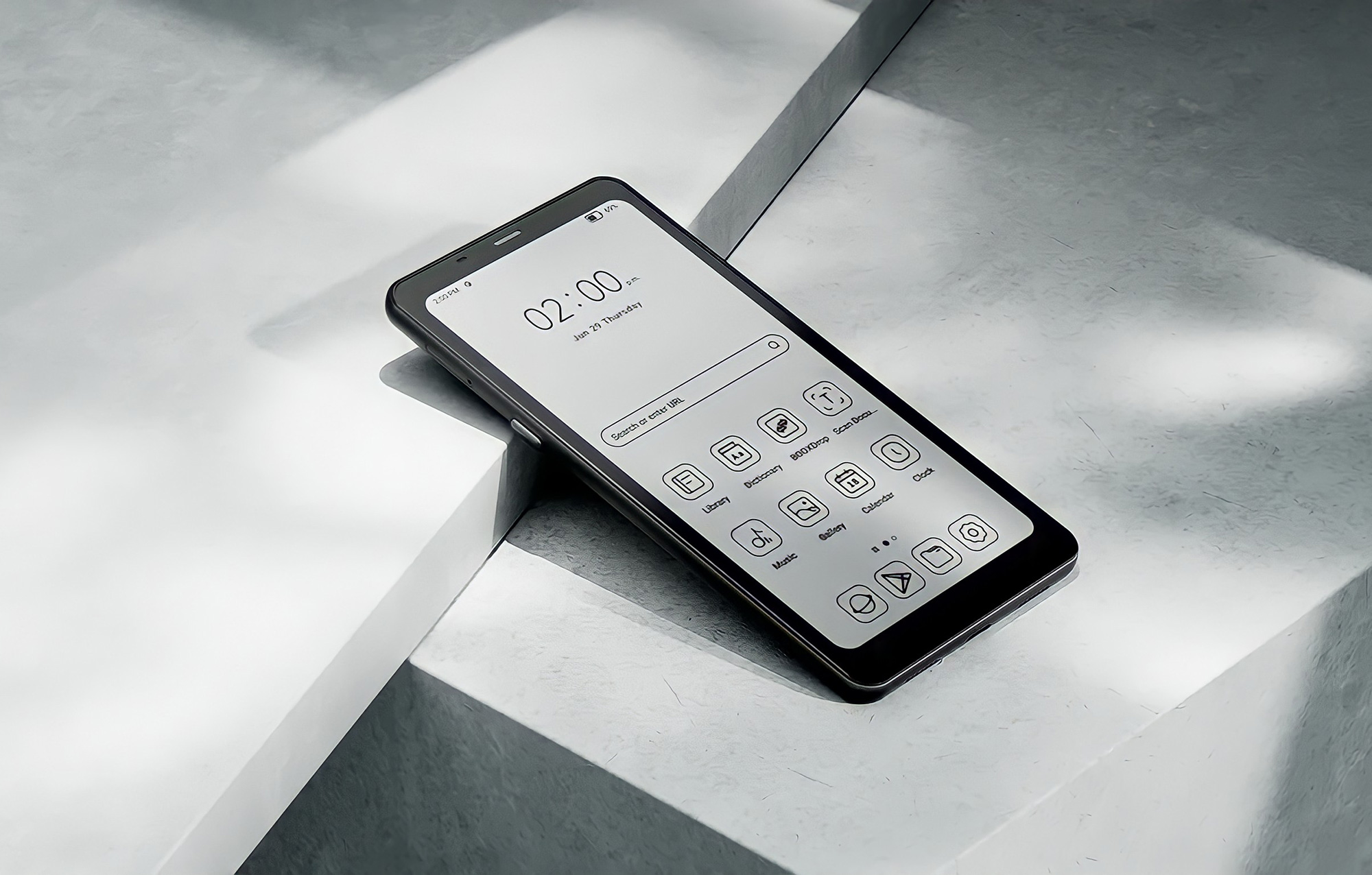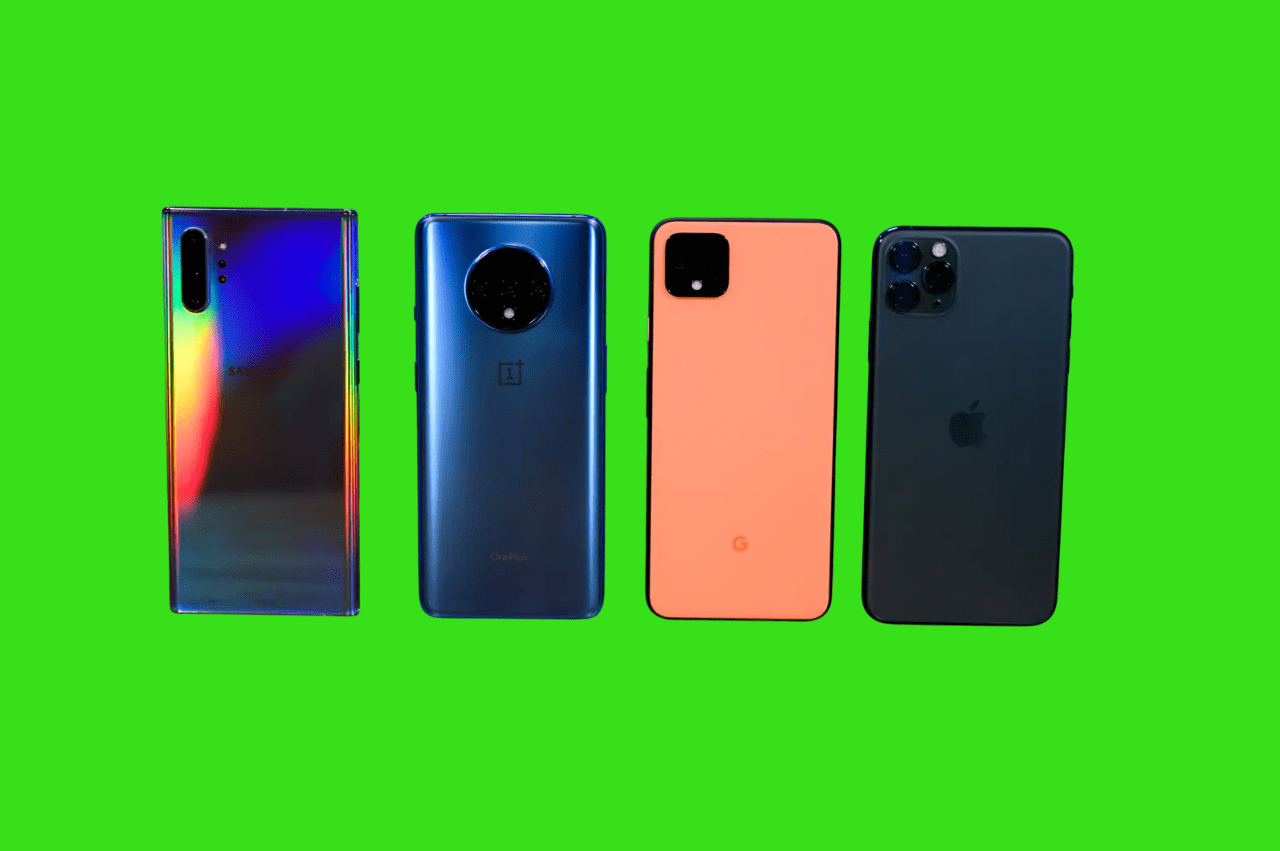Finding the Best Smartphone for Your Needs
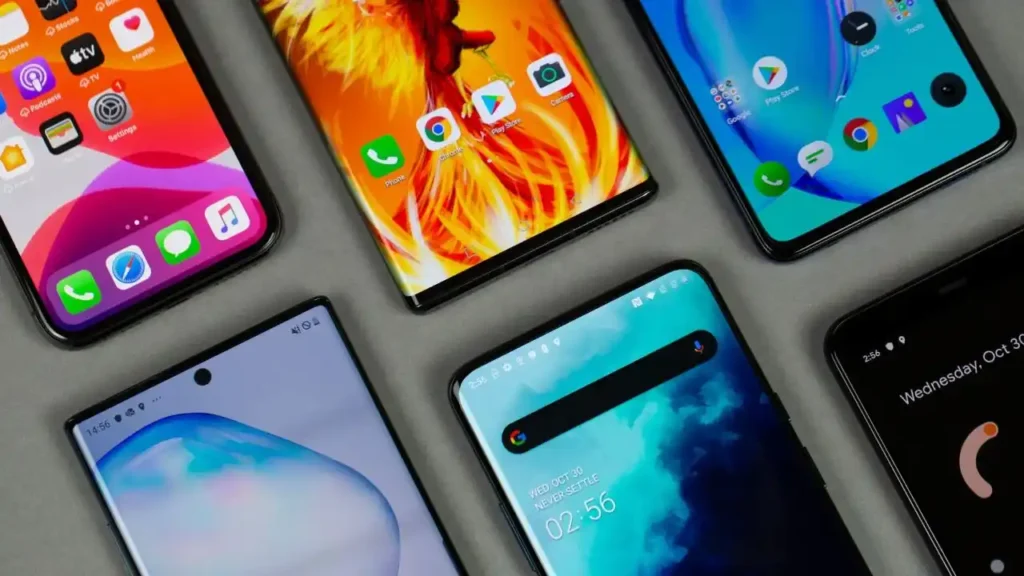
Choosing the best smartphone in today’s fast-paced tech world can be overwhelming. With countless options, various features, and new models launching frequently, making the right decision requires a clear understanding of your priorities. Whether you need a flagship powerhouse, a budget-friendly device, or something in between, this guide will help you navigate the key factors to consider.
1. Understanding Your Budget

Smartphones come in different price ranges, from premium flagships to affordable mid-range and entry-level models. Knowing your budget will help you narrow down the choices effectively.
- Flagship Phones ($800-$1500+): These offer top-tier performance, the latest technology, and the best cameras. Ideal for users who want cutting-edge features.
- Mid-Range Phones ($300-$700): A great balance between price and performance, often including flagship-level features at a lower cost.
- Budget Phones (Under $300): Best for basic usage like calls, social media, and light browsing. They may lack premium features but provide excellent value for money.
2. Choosing the Right Operating System
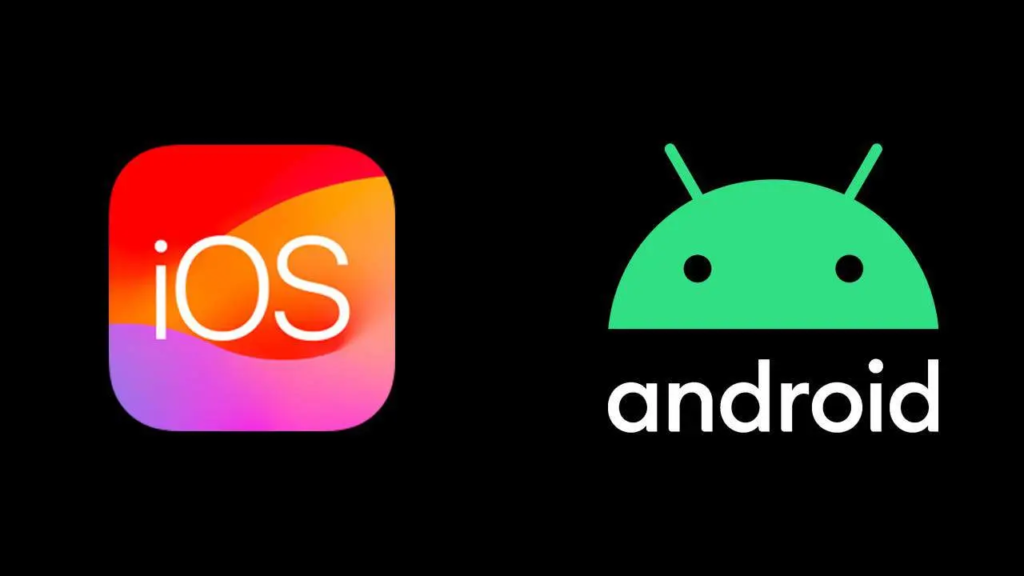
The two dominant mobile operating systems, Android and iOS, offer different experiences. Your choice will significantly impact usability, ecosystem integration, and long-term satisfaction.
- Android: Provides a wide range of options from brands like Samsung, Google, and OnePlus. It allows customization, diverse hardware choices, and expandable storage in many models.
- iOS (Apple): Offers a smooth, optimized experience with excellent security, regular updates, and deep integration with Apple’s ecosystem (MacBook, iPad, AirPods, etc.). Ideal for users who prioritize simplicity and longevity.
- Which One to Pick? If you prefer customization and a variety of hardware choices, go with Android. If you value security, software updates, and an intuitive interface, iOS is the better option.
3. Display Quality Matters
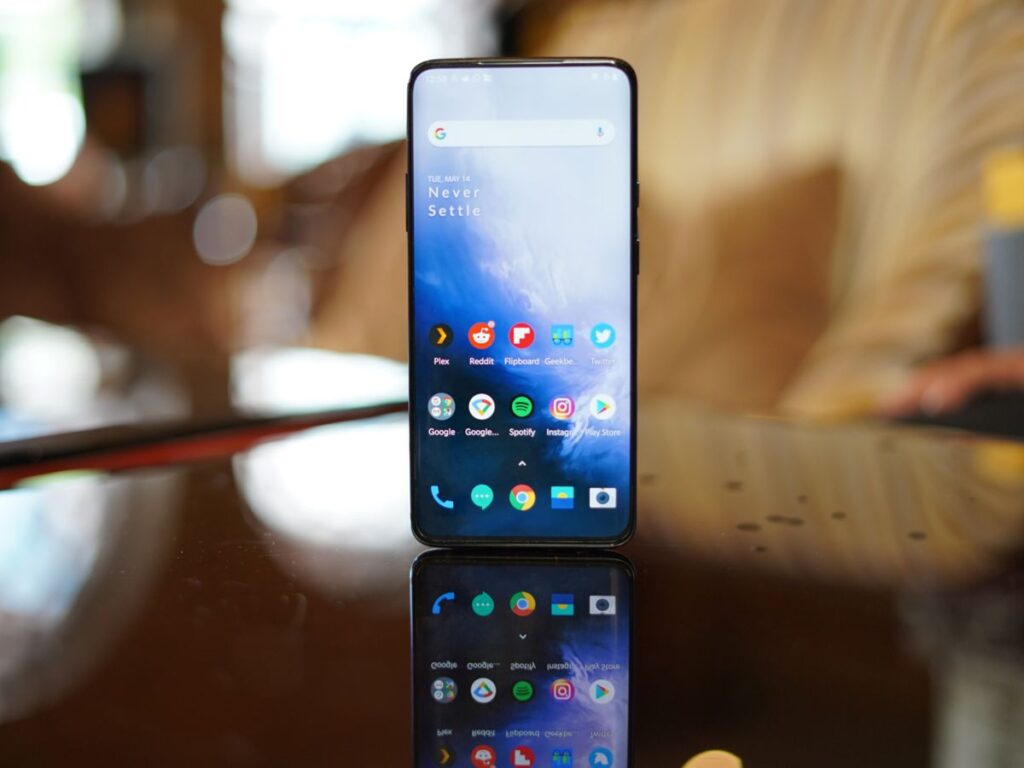
A smartphone’s display affects how you experience media, gaming, and day-to-day tasks. Screen size, resolution, and refresh rate play key roles in overall quality.
- Screen Size: Large screens (6.5 inches or more) are great for media consumption and gaming, while smaller displays (under 6.1 inches) offer better one-hand usability.
- Display Type: AMOLED and OLED screens provide vibrant colors, deeper blacks, and better contrast compared to LCD screens.
- Refresh Rate: A 90Hz or 120Hz refresh rate ensures smoother scrolling and gaming compared to traditional 60Hz displays.
4. Performance: Processor, RAM & Storage
A phone’s performance is determined by its processor, RAM, and internal storage. Choosing the right combination ensures a lag-free experience.
- Processor (CPU & GPU): Flagship chipsets like Apple’s A-series, Qualcomm’s Snapdragon 8 Gen series, and MediaTek’s Dimensity chips offer superior speed and efficiency.
- RAM: 6GB to 8GB RAM is ideal for most users, while power users should consider 12GB or more for seamless multitasking.
- Storage: 128GB is the minimum for most users, while 256GB+ is recommended for those who store a lot of media and apps. Consider expandable storage if available.
5. Camera Capabilities for Photography Lovers
If photography is a priority, consider a smartphone with an excellent camera setup. More megapixels don’t always mean better quality; sensor size, software optimization, and additional features matter.
- Main Camera: A larger sensor with advanced image processing results in better photos, even in low light. Look for OIS (Optical Image Stabilization) for stable shots.
- Ultra-Wide & Telephoto Lenses: Ultra-wide lenses help capture more in a single frame, while telephoto lenses improve zoom quality.
- Video Recording: If you record videos frequently, look for 4K or 8K recording capabilities with advanced stabilization.
6. Battery Life & Charging Speed
A powerful smartphone is useless if the battery doesn’t last a full day. Battery capacity, charging speed, and software optimization all play crucial roles.
- Battery Size: A 4000mAh battery or more is ideal for long-lasting performance. Flagships often optimize battery efficiency despite smaller sizes.
- Fast Charging: Phones with 25W or higher fast charging speed refill the battery quickly. Some brands also offer wireless and reverse wireless charging.
- Battery Optimization: iPhones are known for efficient battery management, while Android phones often include battery-saving modes to extend usage.
7. Connectivity & Network Support
With 5G becoming mainstream, connectivity options like network bands, Wi-Fi capabilities, and Bluetooth versions are essential factors to consider.
- 5G Support: Future-proof your purchase by choosing a phone with full 5G support for faster downloads and improved connectivity.
- Wi-Fi 6 & Bluetooth 5.0+: Faster wireless connections improve streaming, gaming, and device pairing.
- Dual SIM & eSIM: If you use multiple numbers, dual SIM or eSIM compatibility is a useful feature.
8. Software Updates & Longevity
A smartphone’s software experience determines its usability over time. Some brands offer longer updates, ensuring security and performance improvements.
- Android Updates: Google Pixel and Samsung provide 3-5 years of updates, while other brands may vary.
- iOS Updates: Apple consistently supports devices for 5+ years, making iPhones a solid long-term investment.
- Bloatware & UI: Stock Android (Google Pixel) provides a clean experience, while brands like Samsung, Xiaomi, and OnePlus add custom skins with extra features.
9. Build Quality & Durability
A durable smartphone lasts longer, especially if you are prone to accidental drops or use your device in harsh environments.
- Glass vs. Plastic Body: Premium devices often use Gorilla Glass or Ceramic Shield, while budget phones may have plastic backs.
- Water & Dust Resistance: Phones with an IP68 rating can withstand dust and water exposure, making them more durable.
- Case & Screen Protection: Consider using a case and screen protector to enhance longevity.
10. Additional Features That Matter
Beyond core specifications, certain extra features can enhance your smartphone experience significantly.
- Biometric Security: Face unlock and fingerprint scanners improve security. Under-display fingerprint scanners are common in modern Android devices.
- Stereo Speakers & Audio Quality: Dual speakers provide a better audio experience, and some phones retain the headphone jack for wired audio lovers.
- Stylus Support & Foldable Tech: If productivity is a priority, a device with stylus support (like the Samsung Galaxy S series) or foldable screens can be a game-changer.
Making the Right Decision
Choosing the best smartphone ultimately depends on your needs and budget. Prioritize what matters most—whether it’s camera quality, battery life, software support, or display performance. Researching and comparing models before purchasing will ensure you get the perfect phone tailored to your lifestyle.
By considering these factors carefully, you’ll make an informed decision and invest in a smartphone that serves you well for years.

